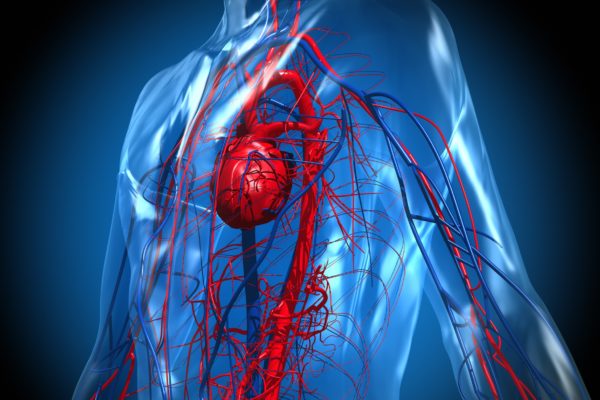
Cancer.net
Peutz-Jeghers syndrome (PJS) is an inherited condition that puts people at an increased risk for developing hamartomatous polyps in the digestive tract as well as cancers of the breast, colon and rectum, pancreas, stomach, testicles, ovaries, lung and cervix. Without appropriate medical surveillance, the lifetime risk of cancer in people with PJS may be as high as 93%. A hamartoma is a growth of normal-appearing tissue that builds up into a benign tumour. In PJS, these polyps often develop in the small and large intestine, where thry can cause bleeding or other problems, such as an intestinal blockage.
Some signs of PJS can appear in childhood with the development of pigmented areas on the skin and in the mouth, called mucocutaneous hyperpigmentation. People with PJS tend to develop dark blue or dark brown freckling, especially around the mouth and on the lips, fingers or toes. Freckles generally appear in childhood and often fade with age, so that they often are not visible in an adult with PJS newly diagnosed with cancer. Another sign of PJS is the development of hamartomatous polyps of the gastrointestinal tract that can cause bleeding and blockages. The average age when gastrointestinal symptoms appear is 10 years old.
PJS is a rare genetic disease that affects between 1 person per 50,000 up to 200,000.
Usually, the first symptoms of PJS occur when polyps form in the small intestine. These symptoms include:
PJS is a genetic condition that brings an increased risk of developing cancer and polyps. This means that the condition can be passed on from generation to generation. PJS is caused by inheriting a mutation in the STK11 gene, also known as the LKB1 gene. It is possible that there are other genes that could cause PJS that have not yet been discovered.
Normally, every cell has 2 copies of each gene: 1 inherited from the mother and 1 inherited from the father. PJS is inherited in an autosomal dominant manner from a parent who carries the STK11 mutation. Each first-degree relative (a parent, child, and/or sibling) of an individual with PJS has a 50% chance that he or she has inherited the same mutation that causes this disease. Some individuals with PJS have no family history of PJS or PJS-like symptoms or cancers. It is estimated that approximately 25% of individuals with PJS have a new (de novo) STK11 gene mutation that was not inherited from their parents. Family members of someone with a suspected de novo STK11 mutation should still undergo genetic testing to confirm that this was indeed a new mutation. A person with a de novo STK11 mutation has a 50% chance of passing this mutation on to each of their biological children.
Given the rarity of the disease, it is not likely that a GP will suspect their patient to have PJS. Since symptoms mostly involve the small intestine, a doctor may refer a patient to an gastrointestinal specialist at the hospital for further testing. If these tests suggest the possibility of PJS, the following tests may be conducted in order to establish the diagnosis.
People with PJS symptoms or who have PJS in the family can undergo a genetic examination, consisting of a physical exam, and possible DNA testing. With these results, the doctor can predict which family members have the gene mutation that causes the disease.
People who have been diagnosed with PJS or are members of a family where the disease occurs are checked regularly for polyps. Without these regular checks, the chance of developing cancer is almost 100%. Polyps that are discovered during these checks can be removed and further examined.
As early as the age of 10, children with PJS are offered annual checks, as well as a Video Capsule Endoscopy or small intestine MRI every two or three years. When adulthood is reached, possible PJS carriers are checked every two to five years with a gastroscopy, later also with a colonoscopy and an MRI. Women with PJS run a higher risk of cancer in the reproductive apparatus and will get regular mammograms, ultrasounds and smear tests.
If cancerous tumours are found, treatment follows depending on the specific location and nature of the cancer. See respective chapters.





